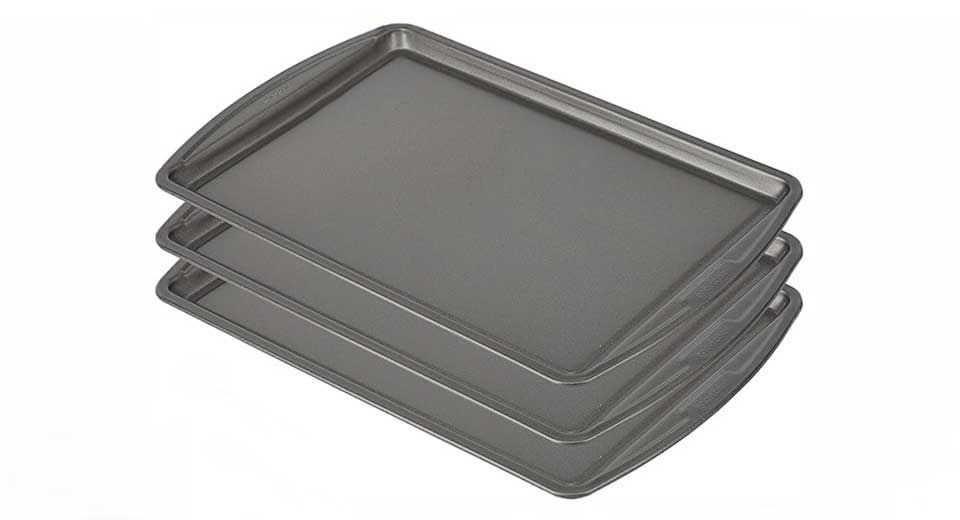The whisk, often overlooked as a simple kitchen tool, is a baking powerhouse. From airy meringues to smooth batters, this versatile tool plays a crucial role in achieving baking perfection. Let’s delve into the world of whisks and explore why they are a must-have for every home baker.
Understanding the Whisk
A whisk is a versatile handheld tool consisting of looped wires attached to a sturdy handle, designed primarily to incorporate air into ingredients for a light and fluffy texture. Though simple in appearance, choosing the right type of whisk can greatly influence the success of your baking creations.
Types of Whisks and Their Uses
- Balloon Whisk: This is the most common type, featuring a rounded head with looped wires. It’s ideal for incorporating air into batters, whipping cream, and making egg whites or meringue.
- Flat Whisk: With its flat, rectangular head, this whisk is perfect for mixing thicker batters, such as pancake batter or cookie dough.
- French Whisk: This whisk has a longer handle and fewer, thicker wires. It’s excellent for delicate tasks like making sauces or tempering eggs.
- Coil Whisk: Similar to a flat whisk but with a coiled wire design, it’s great for whisking small amounts of ingredients or incorporating dry ingredients into liquids.
Essential Baking Techniques with a Whisk
- Whisking Dry Ingredients: Before combining dry ingredients with wet ones, whisking them together with a balloon whisk helps to eliminate lumps and ensures even distribution.
- Combining Wet Ingredients: Whisking together wet ingredients like eggs, milk, and oil creates a smooth base for your batter or dough.
- Whipping Cream and Egg Whites: A balloon whisk is essential for achieving stiff peaks in whipped cream or meringue. Incorporating air gradually is key.
- Making Sauces: A French whisk is perfect for creating smooth and lump-free sauces, such as béchamel or hollandaise.
Whisk Care and Maintenance
To ensure your whisk lasts, proper care is essential:
- Hand Wash: While many whisks are dishwasher-safe, hand washing is recommended to prevent damage to the wires.
- Dry Thoroughly: After washing, dry your whisk immediately to prevent rust.
- Storage: Store your whisk in a drawer or utensil holder to protect it from damage.
Conclusion
The whisk is an unsung hero in the baking world. By understanding the different types of whisks and their specific uses, you can elevate your baking skills and achieve professional-quality results. So, next time you’re in the kitchen, give your whisk the attention it deserves!
Would you like to learn about specific baking recipes that require a whisk? just comment below.




